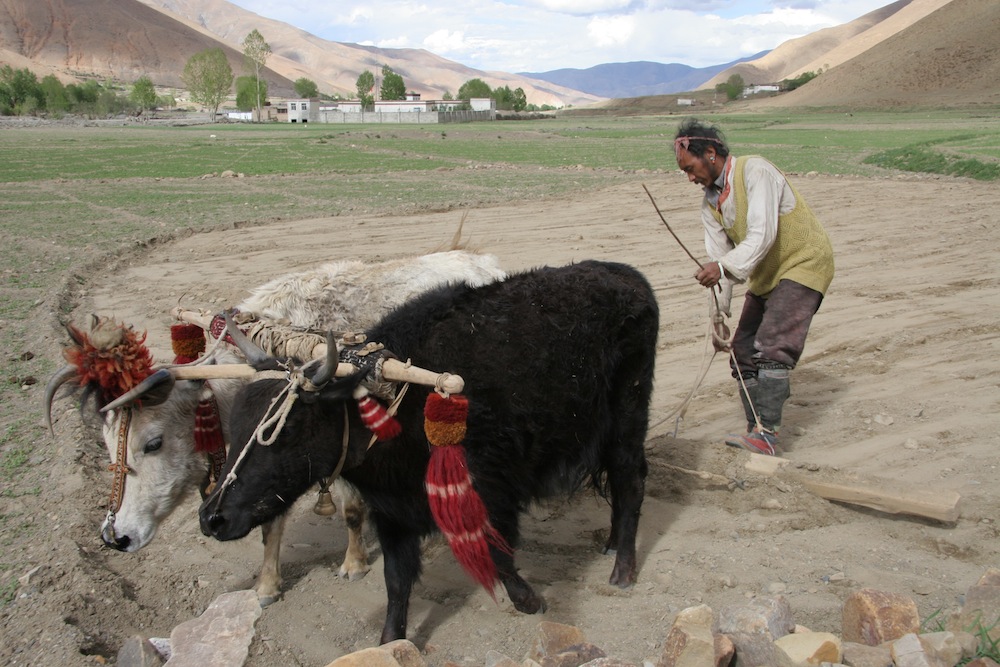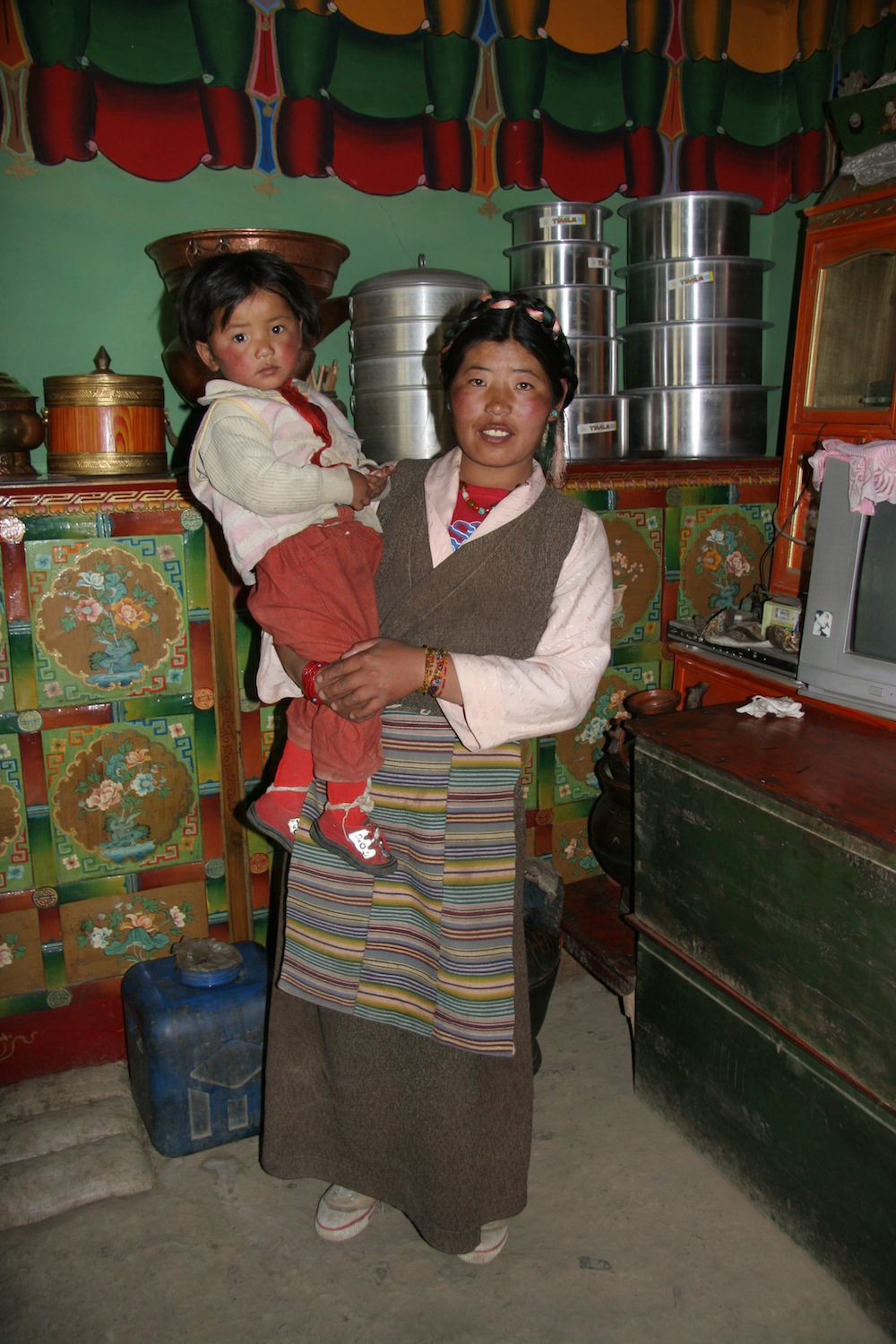High & Dry: Images of the Himalayas and the Tibetan Plateau
Beall-Goldstein Tibetan man plowing

Even though there is less oxygen at high altitudes, Tibetans are able to work hard and consume sufficient amounts.
Beall-Goldstein Tibetan mother and child

Tibetan women with genotypes for high oxygen saturation have more surviving children than women with genotypes for low oxygen saturation.
Ominous Clouds Gather

Dark clouds gather over a campsite on the Tibetan Plateau. The photographer wrote of this photo, "Everybody was watching the monsoonal arcus cloud rolling over the camp. Suddenly, the weather changed. Rubbish was flying around and three men were hanging at the kitchen tent to keep it in place. This fascinating view presented itself shortly before the place turned into chaos."
At the Top of the World

Where is this icy, rugged landscape? Take a guess and scroll down to see if you're right…
It's the roof of the world: Mount Everest and its surrounding peaks. A NASA astronaut snapped this picture from the International Space Station in January 2011, revealing the scale of the glaciers surrounding the world's highest peak. The tip-top of Everest is out of sight in this picture, located just off the bottom edge, but the northern summit approach to the mountain starts along the East Rongbuk Glacier in the top right of the photograph. The knife-edge pass in the center of the photograph is the North Col, where climbers ascend toward progressively higher camps along the way to the peak. Everest's summit is 29,029 feet (8,848 meters) above sea level.
Naimona'nyi Mountain

Naimona'nyi is the highest peak of the Nalakankar Himal in Tibet, but the ice is retreating on this stunning mountain.
Get the world’s most fascinating discoveries delivered straight to your inbox.
Jennifer Welsh is a Connecticut-based science writer and editor and a regular contributor to Live Science. She also has several years of bench work in cancer research and anti-viral drug discovery under her belt. She has previously written for Science News, VerywellHealth, The Scientist, Discover Magazine, WIRED Science, and Business Insider.



